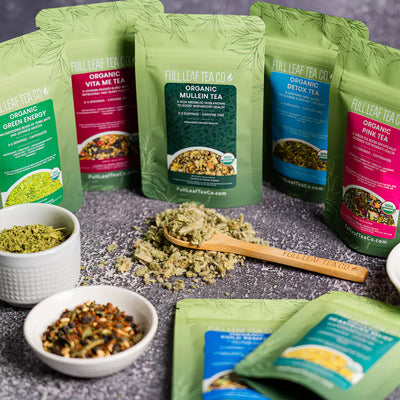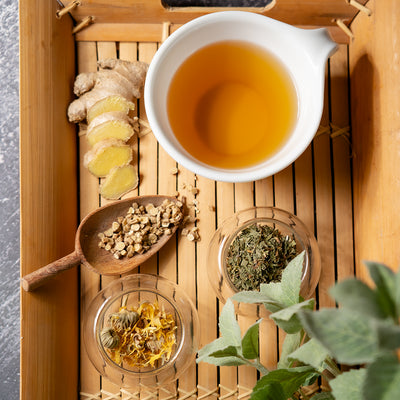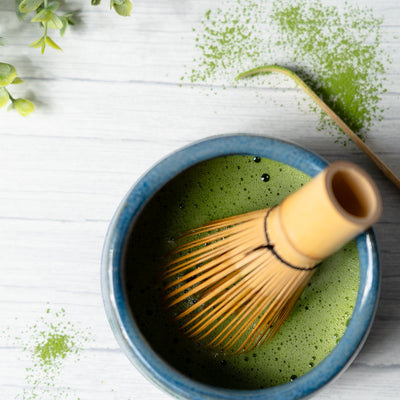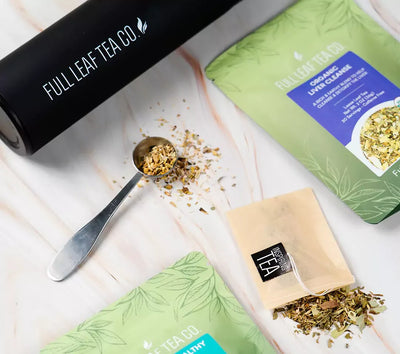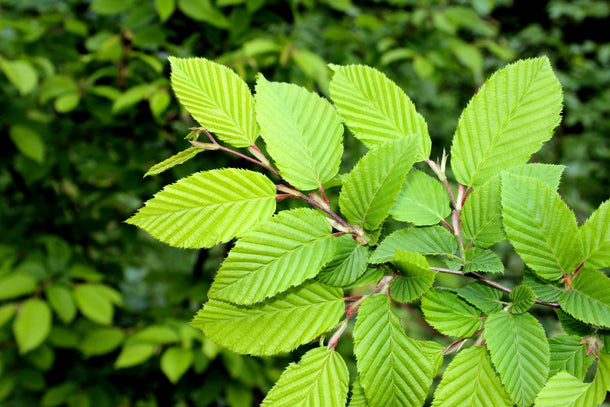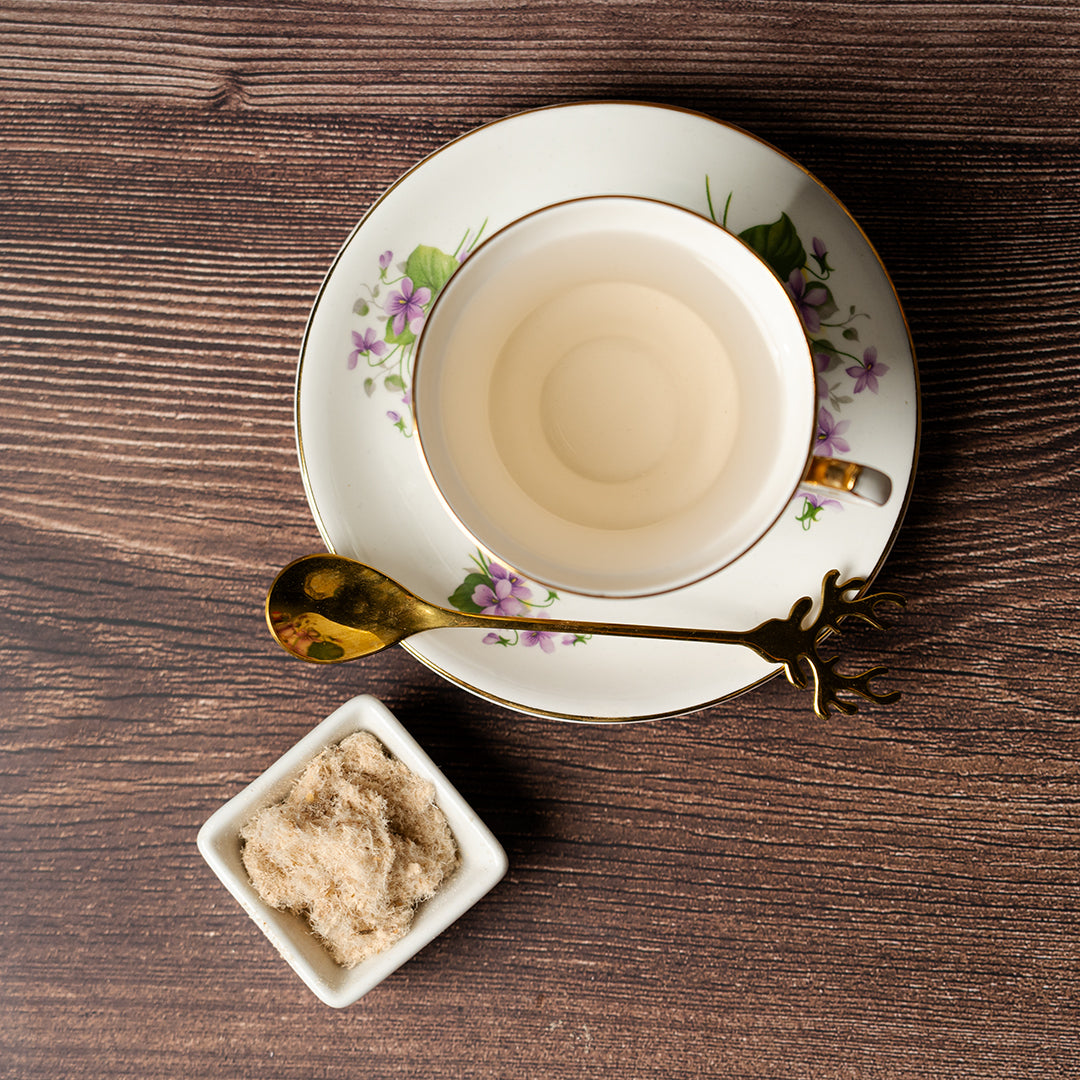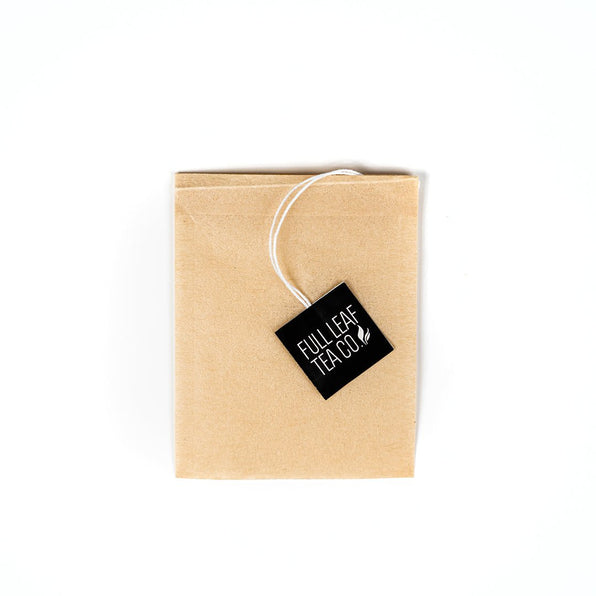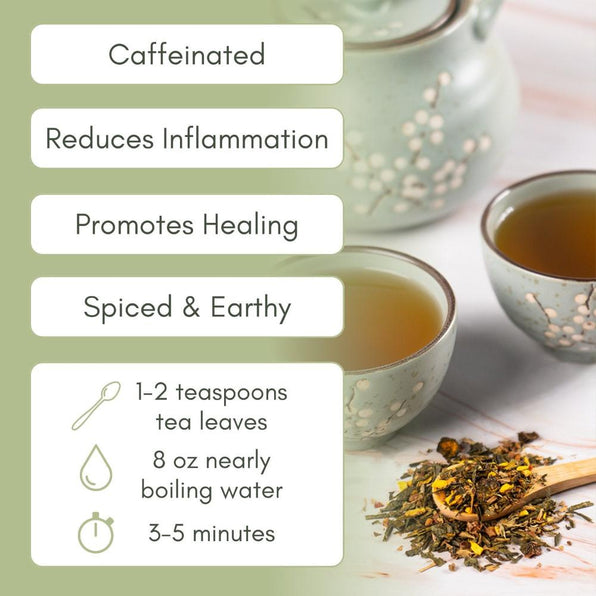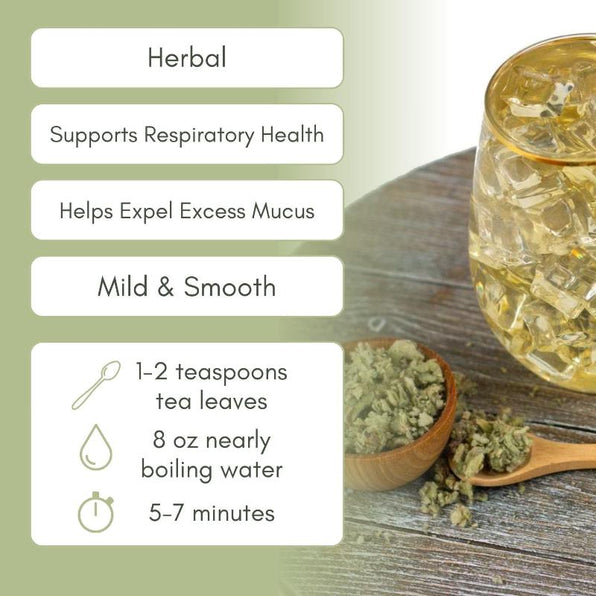What is Slippery Elm?
Slippery elm, scientifically known as Ulmus rubra, is a species of elm native to North America, particularly found in the central and eastern United States. This tree is easily recognizable by its dark brown, reddish bark which is highly valued for its mucilaginous properties. Slippery elm has been used for centuries by Native Americans and later adopted by European settlers for its medicinal benefits, primarily for soothing the digestive tract and relieving minor pain and inflammation.
The inner bark of the slippery elm is the most utilized part of the tree. When mixed with water, it forms a slick gel that is used to treat various ailments. This gel can coat and soothe the mouth, throat, stomach, and intestines, making it a popular natural remedy for coughs, sore throats, gastroesophageal reflux disease, and inflammatory bowel conditions. Beyond its medicinal uses, slippery elm is also used in certain food products as a thickener.

